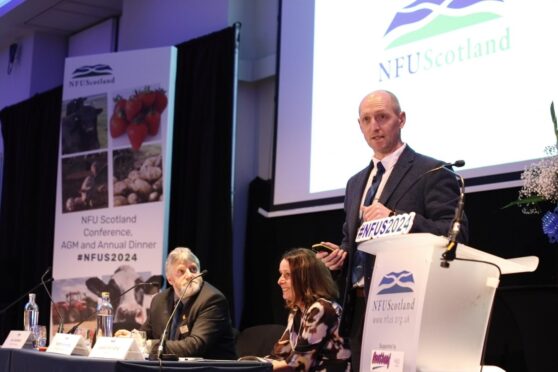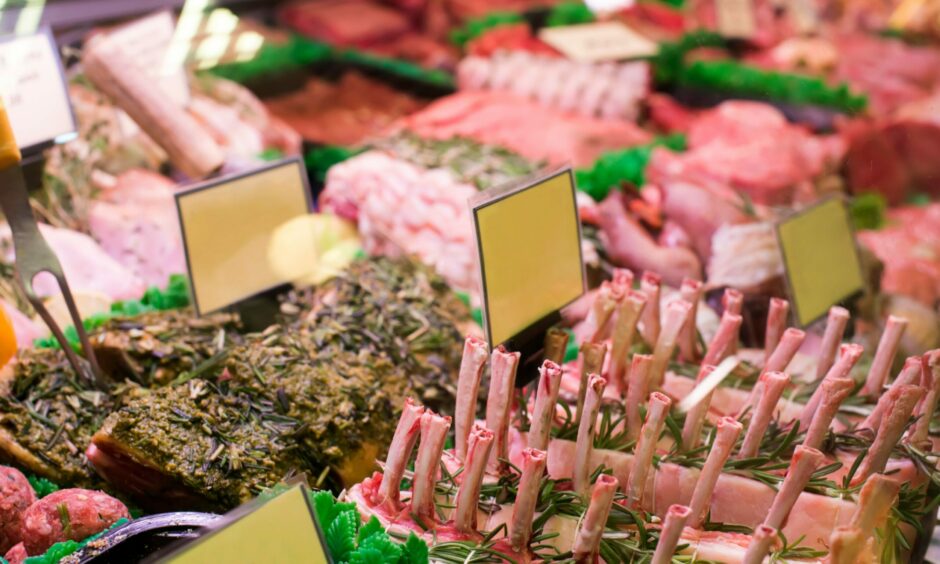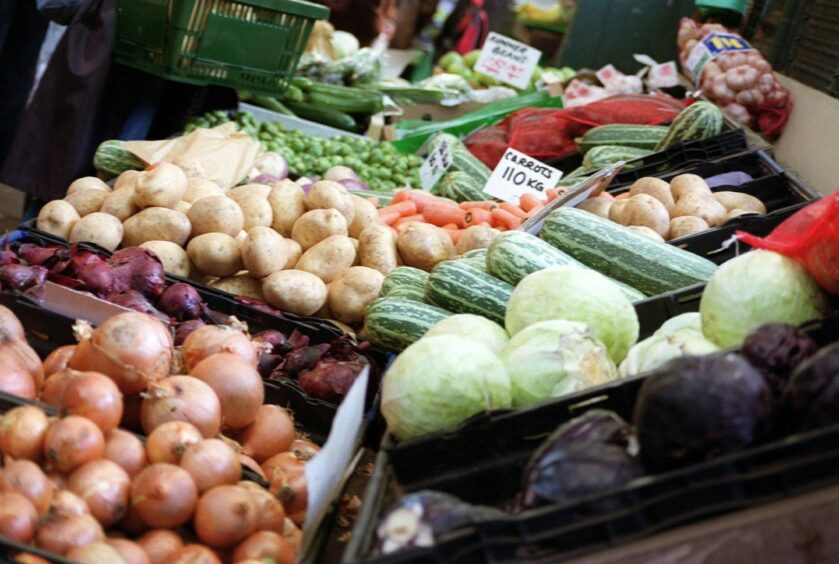Aldi has come out on top as retailing the largest percentage of Scottish produce in NFU Scotland’s shelf watch survey on Scottish supermarkets.
Over a 48-hour period in late January, an independent research firm visited 71 stores across mainland Scotland.
It looked at beef, lamb, pork, chicken, eggs, vegetables and dairy products on offer in Tesco, Asda, Morrisons, Sainsbury’s, Co-Op, Marks and Spencer, Lidl and Aldi stores.
In all, over 15,000 products were reviewed, with researchers taking into consideration the country of origin of products being offered by the stores’ own brands to identify if they were Scottish, British or imported.
Soft fruit was not included because it is currently 100% imported due to seasonality.
Results appear to highlight strong support for British producers:
- Aldi has the largest percentage of Scottish produce overall (48.7%)
- Sainsbury’s has the lowest percentage of Scottish produce overall (7.6%)
- Three retailers (Asda, Tesco and Sainsburys) have less than 10% Scottish products overall.
- The largest percentage of other produce was UK.
Categories broken down:
- Aldi had the largest percentage of pork, bacon and sausages labelled as Scottish. Six retailers had no Scottish labelled pork. Most of the non-Scottish pork was UK. Asda (33%) and Tesco (17.3%) are importing fresh pork.
- Aldi, Lidl and Morrisons had more than 70% of Scottish beef. The largest amount of beef in other stores came from UK. Tesco and Sainsburys had Irish beef, the largest was Sainsburys with 10.4%.
- Lidl had the largest percentage (100%) Scottish lamb followed by M&S with 83.6%. Two retailers (Asda, Co-Op) had no Scottish lamb. Four retailers, Aldi, Asda, M&S and Tesco, had imported lamb with 55% of lamb on Asda shelves imported.
- Aldi had the largest percentage (86.7%) of Scottish chicken followed by Co-Op with 73%. Two retailers, Tesco and Sainsburys, had no Scottish chicken.
- Aldi had the largest percentage (100%) of Scottish eggs, Lidl had 96.4%.
- Aldi had the largest percentage (100%) of Scottish potatoes, Tesco was the lowest with 6.4%.
- Aldi had the largest percentage (61.8%) of Scottish vegetables and Co-Op was lowest at 4.8%.
- M&S had the most Scottish milk (62.4%), Tesco had the lowest (30.7).
Speaking at the union’s conference in Glasgow on Thursday, NFUS chief executive John Davidson said: “The results from the shelf watch survey unveil a completely mixed bag of what is going on in shops across the country and available to Scotland’s consumers.
“While it is encouraging to see that there is strong support for Scottish and UK produce in general and examples of some retailers stocking 100% Scottish, others appear to have absolutely none on their shelves in some sectors.
“Clearly more can be done to ensure consumers are able to source more locally produce. This also begs some questions on labeling and marketing and whether consumers have full transparency of the origin.”
“These results provide us with a fantastic opportunity to not only hold retailers to account and accurately highlight to our consumers what’s going on in some shops, but also enables us give credit to those who are tremendous supporters of local food production within Scotland.”
All retailers involved in the survey were notified in advance and invited to join a panel session at the AGM to discuss the results and outline their commitments to support Scottish farmers and crofters.


